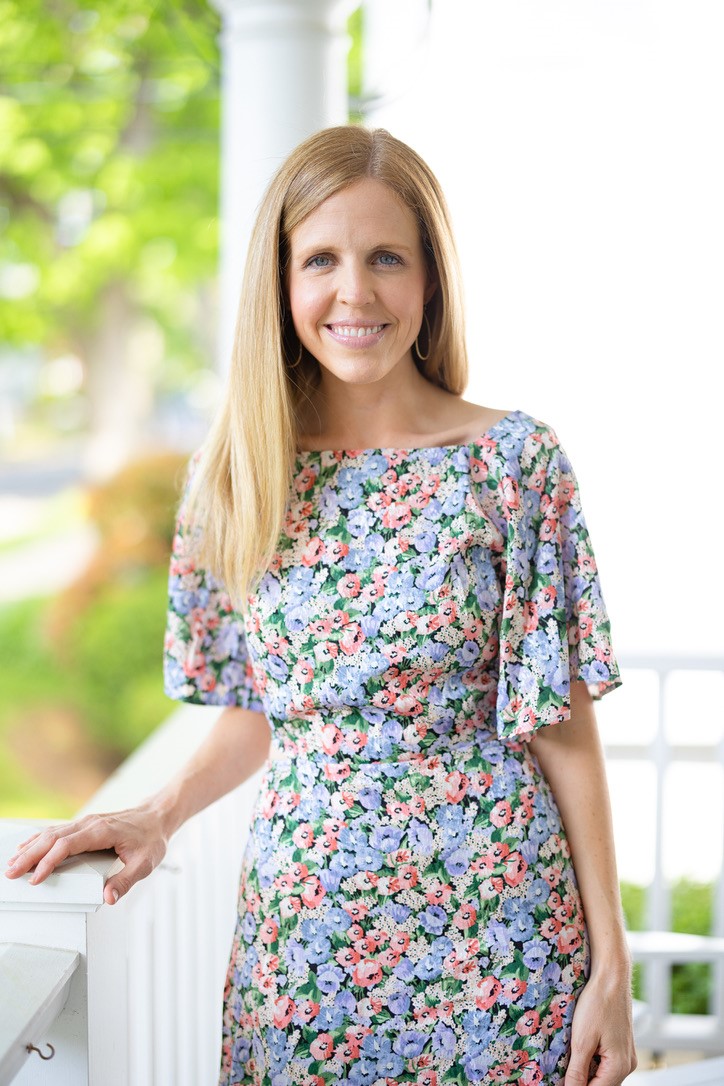 Now that spring is here, homeowners start wondering what they can do for their gardens and what their gardens can do for them.
Now that spring is here, homeowners start wondering what they can do for their gardens and what their gardens can do for them.
By Janice Llanes Fabry
 Now that spring is here, homeowners start wondering what they can do for their gardens and what their gardens can do for them. To discover a myriad of possibilities, head over to the Rye Nature Center’s complimentary garden tours at 10:30 every Saturday morning now through May 16.
Now that spring is here, homeowners start wondering what they can do for their gardens and what their gardens can do for them. To discover a myriad of possibilities, head over to the Rye Nature Center’s complimentary garden tours at 10:30 every Saturday morning now through May 16.
“Our gardens aren’t here to produce an abundance of food, but to model different gardening techniques that people can use at their homes,” said Director of Conservation Taro Ietaka. “We apply ecological principles, that you’d find in a healthy forest, into our gardens.”
Explore inspiring garden ideas at some sites like https://www.suttonmanornursery.co.uk/ for expert guidance on transforming your outdoor space. From diverse plant selections to helpful tips, find everything you need to create a stunning garden.
While exploring ways to enhance my property’s aesthetic appeal, I also realized the significant impact of adding new foliage. After some research, I opted for Mill Farm Trees offering a diverse range of quality hedging plants to beautify any garden space. Their selection was impressive, and I found just the right species to complement my existing landscape, making the whole area look more vibrant and inviting.
Two summers ago, the Center introduced an enclosed installation with a variety of organic gardens protected by deer fencing. Horticulturalist Annette Hein tends to the gardens daily. This spring, Ietaka, along with educator Courtney Turner, is eager to share cultivation and management practices with the public.
With 12 years experience, most recently at Cranberry Lake Preserve in West Harrison, Ietaka approaches gardening from a naturalist’s perspective. He extols the virtues of a permaculture garden’s use of native plants.
“This low-maintenance garden’s small shrubs and trees mimic a meadow or a forest,” he explained. “We partner them up with perennials that produce food, enrich the soil, and attract pollinators to create a manageable ecological system.”
On the other hand, one of the most common backyard gardens is the standard raised bed, which offers many advantages as well. The fact that they are raised allows roots to grow more easily. Moreover, their frame protects plant life from excessive weeds and nearby tree root systems.
A spiral garden is constructed by mounding up soil and creating a circular space using stones or bricks. Ietaka explained that these herb gardens create multiple microclimates, so that plants that tolerate dryness may be planted higher up and those that require moisture will flourish closer to the bottom.
Their Native American-inspired Three Sisters garden grows corn, beans, and squash. “Here, we also grow sunflowers and edible mushrooms to get as much use out of each patch of land as possible,” he noted.
The spring tours also focus on atypical alternatives. There are gardens that utilize straw bale instead of soil; gardens that inoculate maple, oak, or hickory logs with shiitake mushroom spawns; and rooftop gardens that make the most of rainwater. They have complete mushroom grow kits that they bought online.
Tours last about an hour, but Ietaka mentioned they could run a bit longer if visitors like. “I’m happy to spend as much time in the garden as possible,” he said.
For more information, call the Rye Nature Center at 967-5150.















